The Australian people have spoken and re-elected a Coalition government. But don’t be surprised if the big unions ignore their views. The unions will continue to talk about a wages crisis as justification for persisting with their Change the Rules campaign and their ongoing lobbying for a “living wage”.
It is notable that Bill Shorten endorsed the setting of a “living wage”. He declared the election was a “referendum on wages”, that “wages are stagnating” and pronounced “everything is going up except wages”.
Yet it is a fairytale for the big unions to unashamedly and repeatedly declare that Australia has a wages crisis. Wages are growing at 2.3 per cent and have been growing at or above the rate of inflation for the last 10 years. In comparison, the most recent inflation figure for the March quarter was zero, with an annual inflation rate of 1.3 per cent. This is hardly a crisis.
To achieve a “living wage”, minimum wages would have to rise more than 10 per cent from their current level – more than seven times the current inflation rate – and despite Australia already having the second highest minimum wage in the world.
Unfortunately, this is merely the tip of the iceberg. Arguably, of greater concern, is the increase in minimum wages flowing to all award paid employees. Every award paid employee would receive at least a 10 per cent wage increase, a frightening prospect for many small businesses.
The Fair Work Commission already increased minimum wages by 3.5 per cent last year and by 3.3 per cent in 2017. It is clear, that despite no announcement of minimum wage increases for 2019 as yet, the big unions are determined to push up minimum wages without a corresponding rise in productivity.
A “living wage” will not grow the economy or create jobs. It will simply increase prices and business costs, reduce employers’ demand for workers and ultimately pull the handbrake on our economy.
A “living wage” will exacerbate the financial pressures on many small businesses already adversely affected by high energy prices.
A “living wage” is not job creation strategy. Rather, it is the path job destruction.
In stark contrast the United States, which has focused on reducing personal and business taxes, as well as substantially removing regulation, has seen their wages have grown by over three percent during the past year and unemployment has fallen to 3.6 per cent.
While there is no doubt that workers are feeling the pressure of high energy prices, compensating workers with a “living wage” is fraught with danger. Small businesses closures are a real possibility, affecting owners, staff, suppliers, customers and the local communities around them. This could include your local printer, as well as your favourite coffee shop, café, restaurant, hairdresser, just to name a few.
To avoid closure, many small businesses have little choice but to become more competitive. This includes seriously examining options such has automation, outsourcing, labour hire and even offshoring.
Whilst the big unions are strongly opposed to these options, the alternative is for parliament to legislate an annual minimum wage increased based on the annualised rate of inflation. After all, what good is a “living wage” if it results in unemployment?
Sam Puri is the industrial advocate with the Printing Industries Association of Australia.
Got something to add? Join the discussion and comment below.
Got something to add? Join the discussion and comment below.
Get 10 issues for just $10
Subscribe to The Spectator Australia today for the next 10 magazine issues, plus full online access, for just $10.

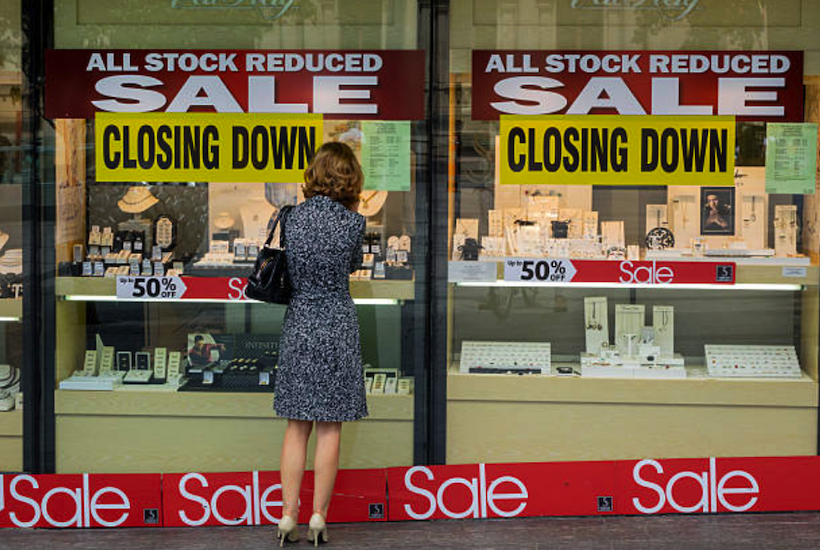

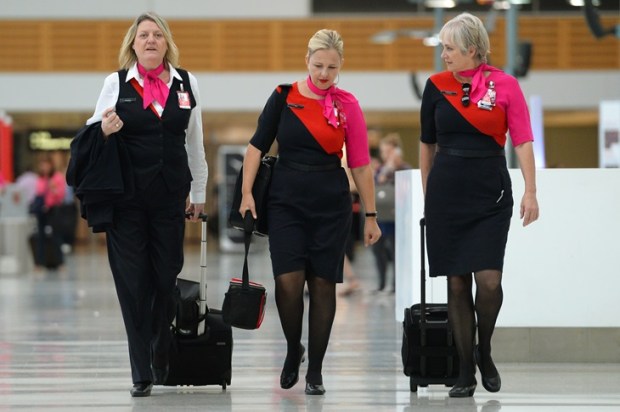
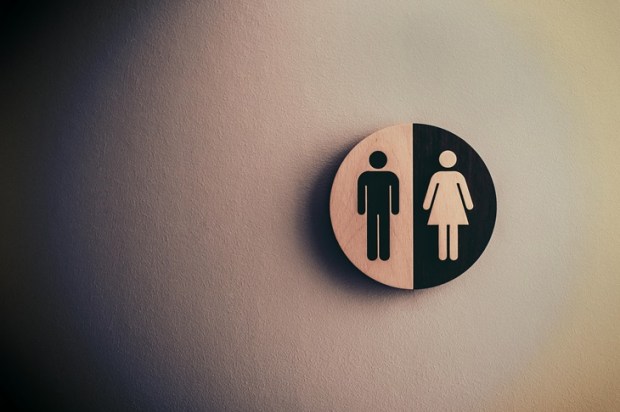
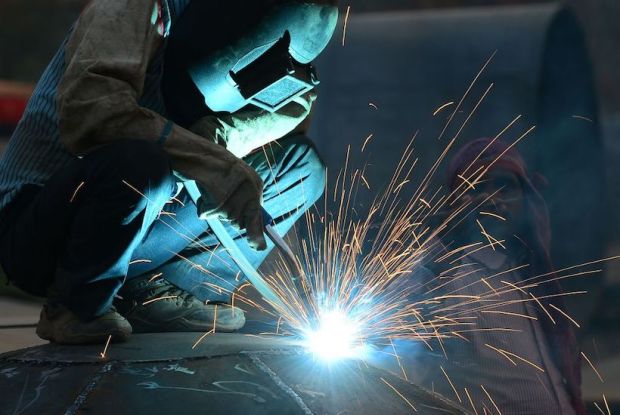
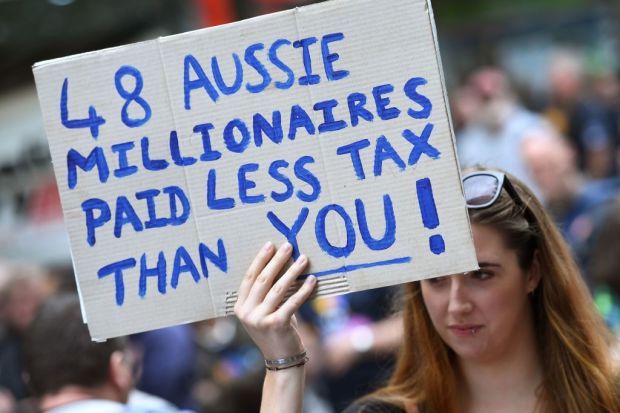
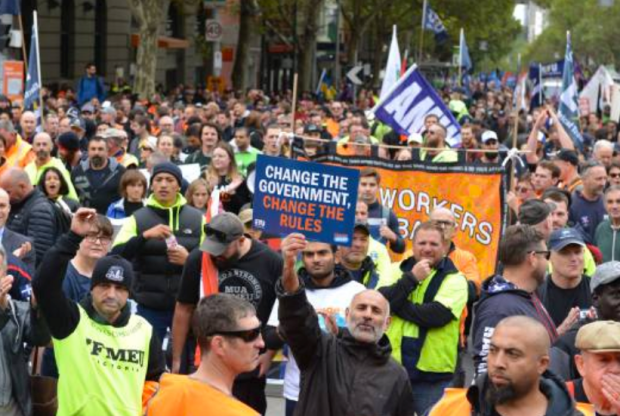


















Comments
Don't miss out
Join the conversation with other Spectator Australia readers. Subscribe to leave a comment.
SUBSCRIBEAlready a subscriber? Log in